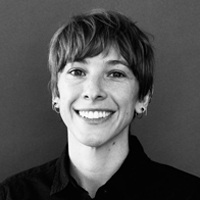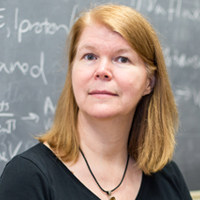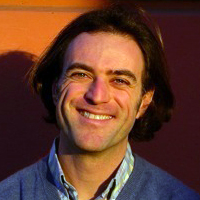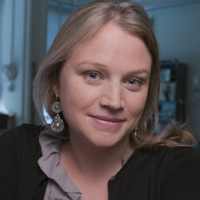When a particle and an antiparticle meet, they annihilate one another and vanish. So, too, vanished the brilliant physicist, Ettore Majorana, who proposed that a particle can be its own antiparticle. What’s with all of this vanishing, and how are neutrinos involved? Join us to hear particle physicists discuss these stories plus their hunt for a neutrino event so rare, it only happens to a single atom at most once every 10,000,000,000,000,000,000,000,000 years: far longer than the current age of the universe. If they find it, it could explain no less than the existence of our matter-filled universe.
The Big Ideas Series is supported in part by the John Templeton Foundation.















